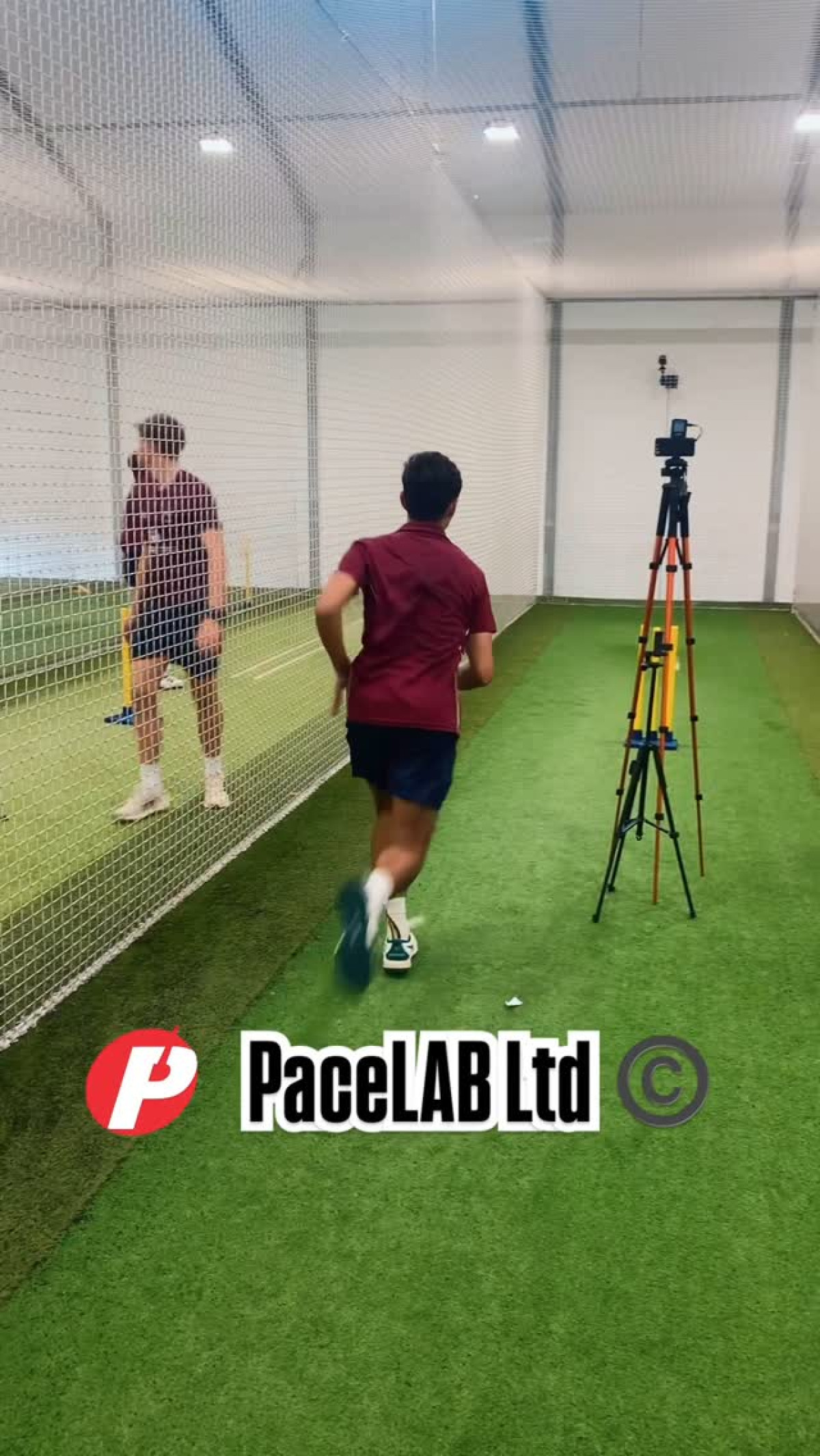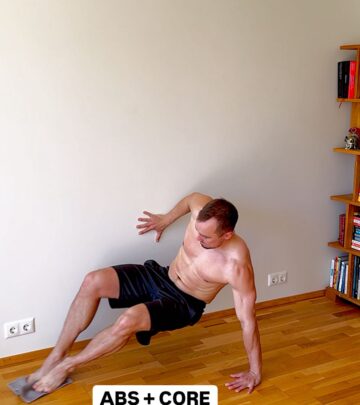PaceLab Unveils Skill Stability Finisher
Advanced training drives resilience in fast bowlers through structured, low-load circuits.

Image: Instagram
PaceLab is setting new standards in fast bowling training with its innovative Skill Stability Finisher. In a recent session at a two-day camp hosted by PaceLab South Africa at the Paul Roos Gym in Stellenbosch, the system showcased its commitment to developing robust technical skills without overburdening bowlers. The drill-based session, led by renowned coach Steffan Jones, focuses on consolidating learning after high-variability or overloaded morning practice sessions, ensuring that bowlers build deep, resilient techniques with minimal central nervous system fatigue.
Skill Stability Finisher Overview
The Skill Stability Complex is designed to deliver a structured, low-intensity stimulus that reinforces key technical attractors essential for performance under pressure. Instead of relying solely on high repetition in a sterile environment, the system uses variability and a targeted circuit approach to develop adaptable, robust movements. This innovative method shifts the emphasis from chasing a perfect technique to reshaping a bowler’s intrinsic coordination and resilience.
Drill Breakdown By Lane
The session is divided into five lanes, each running for 10 minutes to keep the training intensity manageable while addressing specific components of fast bowling. The breakdown is as follows:
• Lane 5 focuses on posture during the impulse stride, using constraints like poles to enhance spinal and pelvic control. This setup ensures that the bowler learns to maintain proper posture even under fatigued conditions.
• Lane 4 is all about power at back foot contact. High-load contrast drills combined with heavy ball tension stimulate the tendon-driven extension, which is critical for generating crucial ball speed.
• Lane 3 emphasizes precision at front foot contact. By incorporating scattered bowling, it helps develop landing mechanics that are robust and reliable even when fatigue sets in.
• Lane 2 targets speed at release. Low-load drills that involve light ball and release-and-go throws sharpen the arm whip, ensuring that bowlers maintain speed without compromising on control.
• Lane 1 serves as a blend, combining all components in a low-load, high-clarity execution station where shadow releases and Aggott balls are used. This integrated approach allows bowlers to rehearse their complete action in a controlled, low-threat environment.
Scientific Approach To Fast Bowling
The Pacelab system is built on motor learning theories that emphasize “repetition without repetition.” Instead of engraining fixed movement shapes through endless practice, the training focuses on developing adaptable movement solutions. This method encourages bowlers to adjust to different conditions, speeds, and fatigue states in real time by varying the constraints and sensory cues during practice. This has been highlighted in previous posts by PaceLab and coach Steffan Jones, who have championed the philosophy that variability builds robustness in fast bowling techniques.
Steffan Jones, whose expertise in the field is also documented on reputable sources, continues to lead by example, driving the evolution in cricket coaching. His work, both online and on the field, demonstrates a deep understanding of the biomechanics involved in fast bowling. The system’s innovative use of contrast drills, sensory training, and strategic load management underscores that lasting technical change is rooted in rewiring the body’s neuromuscular patterns rather than simply repeating movements.
Training Evolution Continues
The Skill Stability Finisher is not just a drill—it’s a comprehensive approach to training that mirrors the chaos of match conditions while minimizing the risk of overtraining the central nervous system. By seamlessly rotating through lanes that start with general movement and gradually progress to isolated, specific executions, bowlers are able to build a deep and wide set of technical attractors. Such attractors remain resilient under fatigue and pressure, mirroring the demands of high-intensity match play.
Related Instagram posts from the PaceLab team have previously emphasized this dual focus of variability and targeted loading. These posts underline the importance of constraints-led approaches in coaching—where the environment and specific tasks are manipulated to force organic adaptations in a bowler’s mechanics. The system is carefully designed to ensure that every session, whether it’s the Skill Stability Finisher or a load-velocity profiling session, contributes to both immediate performance improvements and long-term technical stability.
The training philosophy resonates with the idea of “trust the knowledge, not the gimmicks.” It is a call to embrace an evolution in coaching methodologies, one where every drill is rooted in solid biomechanics and evidence-based practices. By moving from generic repetition to intelligent practice, PaceLab is setting a new benchmark in the field of sports coaching.
In this session, the integrated approach of the complex not only reaffirms PaceLab’s commitment to excellence in cricket training but also invites upcoming bowlers to experience a system that has been fine-tuned through years of expertise and innovative thinking. Join the evolution on the journey to faster, more resilient bowling, and see firsthand how methodical practice can carve the path to sporting success.
Read full bio of Joyce













